If you’re unfamiliar with gardening or have never grown your own veggies, you may wonder how to get started in Minnesota. You should start by checking a planting calendar. Below we learn the Minnesota vegetable planting calendar, a month-by-month vegetable gardening guide for Minnesota, the seasonal planting schedule to grow vegetables in Minnesota home gardens, and the hardiness zones of Minnesota state.
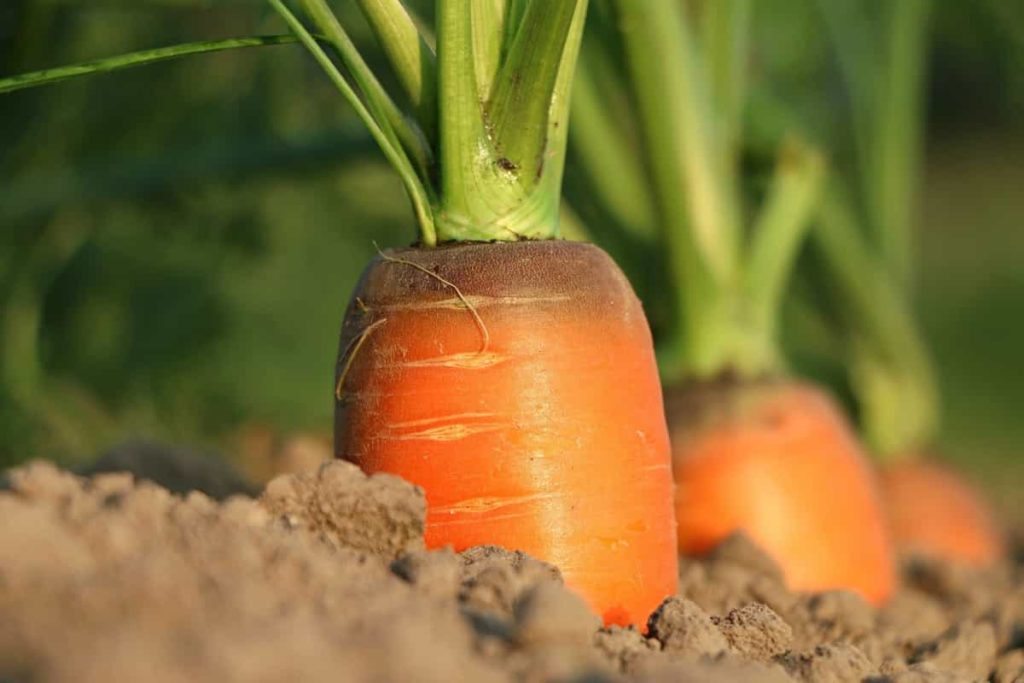
Minnesota vegetable planting calendar (MN)
When can you start seeding in Minnesota?
Each variety has unique needs, so follow the seed package or catalog directions. In Minnesota, high-temperature annuals like tomatoes, peppers, and eggplant are planted early. It is possible to begin indoor seedlings of fall-harvested cabbage and broccoli in June or July. Even if you don’t think you’ll need to start your seeds until May, you may want to consider starting those little alpine strawberry seeds in February.
What is the growing season in Minnesota?
May through September is prime planting time in Minnesota. Gardeners in Minnesota can’t wait for the final day of guaranteed no-freeze temperatures in their regions each spring. Understanding when the first frost of autumn occurs is also crucial.
How late can you plant cucumbers in Minnesota?
Direct sowing is the most effective method for starting cucumbers. After the latest frost date, plant seeds when the soil is 70° F at a 1-inch depth. Sometime around the latter half of May, throughout much of Minnesota. Increasing soil temperature, which black plastic mulch does, allows planting earlier. After preparing the soil in the spring, cover it with a layer of black plastic mulch. To sow seeds, make slits or holes in the mulch.
When can I plant tomatoes in MN?
Tomatoes need to be started from seed five to six weeks before being planted outdoors. Mid-April across much of Minnesota. Seedlings that are started sooner can provide greater and earlier yields, but they are more challenging to maintain. Put seeds on a flat with sterile soilless germination mix, and water them once a day. Get a heating pad and maintain the flat at 75–85 degrees till the seedlings emerge for optimum germination success.
In case you missed it: Massachusetts Vegetable Planting Calendar (MA): Month Wise Garden Guide for Fall, Winter, Spring, Summer, Zone 5, Zone 6, and Zone 7
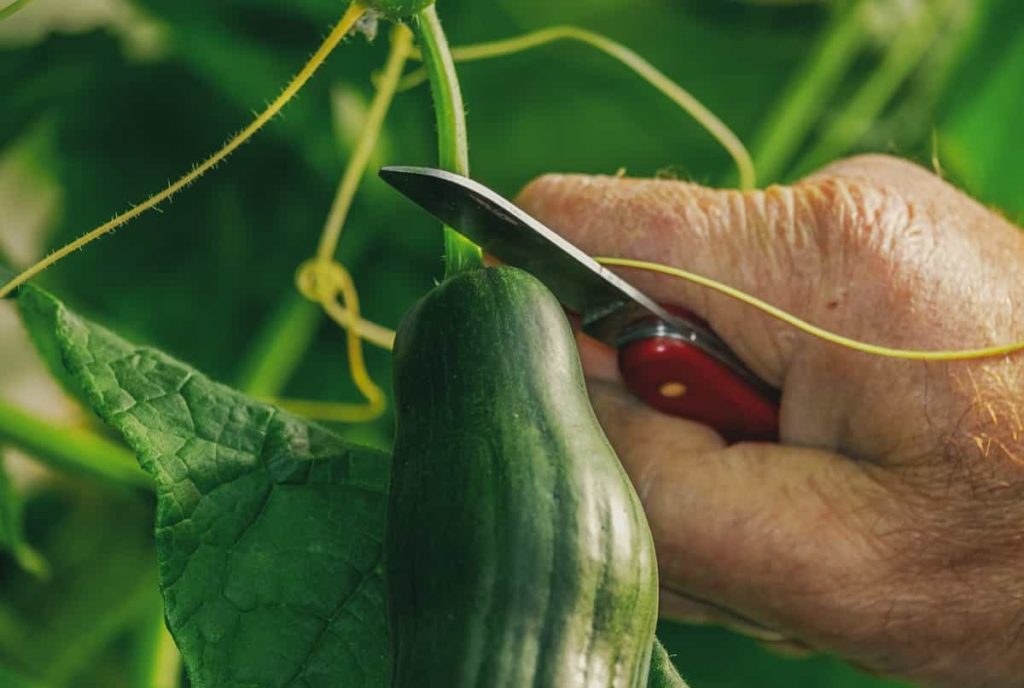
Heating mats can fasten the drying out of the potting mix, so keep a close eye on it. After germination, a soil temperature of 70°F is excellent. When it comes to soil, warmth is key. The seedlings need strong, overhead lighting. After the first genuine leaves have appeared, thin the seedlings to a spacing of about two inches apart or replant them somewhere, and keep them in strong light as they continue to develop.
The small plants’ stalks will grow long and skinny if they don’t get enough direct sunlight. When plants are around 5 inches tall (after 6-8 weeks), cut down on watering. Plants need to be placed outdoors, but in an area where they will get shelter from the wind and at least a few hours of sunshine. Over the following week or two, gradually expose them to more sunshine, but bring them inside if the night-time.
When can you plant carrots in Minnesota?
Plant these root vegetables in your yard annually by directly sowing the seeds. You should never grow them from a seed in a container. Early on, they start growing their lengthy taproots. Damage to the roots and a change in the direction in which the roots develop are both consequences of transplanting. Starting on April 15, plant carrots in Minnesota, and beginning on May 1, plant parsnips.
Space your plants by three weeks to provide a steady harvest of tender baby carrots. Up to three weeks can pass before the seeds sprout. Both the carrot and parsnip seedlings germinated this year are tiny, with just two needle-like leaves. As soon as the seedling emerges, the carrot’s root system will begin to grow. The young plants may have problems if the soil has crusted over due to rain or overwatering.
A fine water mist applied to the soil’s surface can encourage the seedlings to emerge. Some green thumbs pair radishes with root vegetables like carrots and parsnips. Rapid germination of radish seeds produces plants with easily recognizable leaves. As the carrots emerge from the ground, you can pick and eat the radishes to make way for them.
In case you missed it: Top 25 Amazing Annual Shade Plants: How to Grow and Care in Your Garden
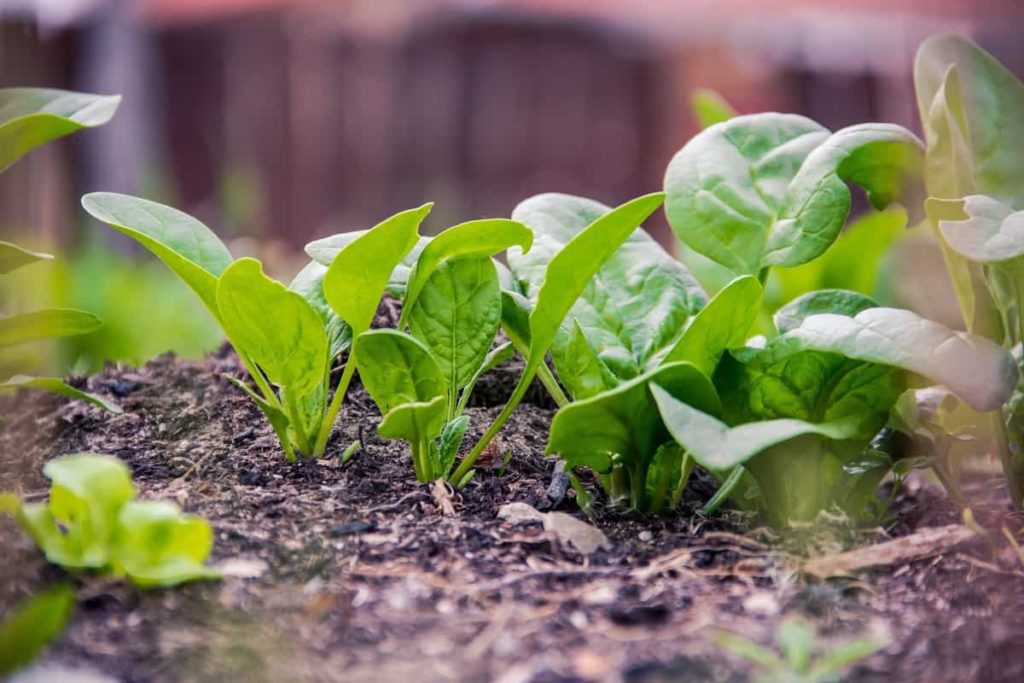
What planting zone is Minnesota?
The continental climate of the state is reflected in its planting zones, which are quite cold in the winter and very hot in the summer. Minnesota, located in the United States’ upper midsection, is subject to extreme seasonal climatic shifts. Each of the state’s four different seasons has its unique allure. Over the winter, it is not uncommon for temperatures to dip to or below zero regularly. The state often experiences wintry weather, including snow, rain, sleet, and sometimes freezing rain.
Even in April, snowstorms are present. They often peak early in the season but start to decline around halfway. Tornadoes are more common from March to November because of the higher temperatures. It is not unusual for the temperature to remain above average for an extended period in the southern United States as the summer develops due to the movement of warm air from the Gulf of Mexico northward through the south. The average annual low in Minnesota is just 12 degrees, yet the state is the third oldest in the union.
When deciding which plants and flowers will thrive in the United States, it is essential to consider the region’s typical climate and the dates of the country’s first and final frosts. Knowing when and where you fall among Minnesota’s several planting zones may greatly inform your choices. Check an online growing zone map to find out what growing zone you’re in. Plants requiring a zone 3a to 5a climate can thrive in Minnesota. When exploring Minnesota, it’s crucial to be aware of the local time zone.
Warmer climates can grow hardy plants in lower hardiness zones. Exactly what are Minnesotans able to cultivate? Seeds bred for warmer climates won’t survive Minnesota’s icy winters, so don’t waste your time with them. Various vegetables, including broccoli, potatoes, cauliflower, kale, lettuce, tomatoes, spinach, and squash, do particularly well in Minnesota’s cold, wet climate.
The greatest hope for winter survival is choosing hardy plants in USDA plant hardiness zones 3 and 4. As a result of the region’s ideal growing circumstances, beautiful flowers are abundant. Hardy geraniums, panicle hydrangeas, allium, butterfly weeds, coneflowers, and lenten roses are a few plants that should make it through.
What can I plant in Minnesota right now?
Spring gardening in Minnesota
These veggies thrive in mild climates (between 60 and 80 degrees Fahrenheit). Planting again in the middle of summer results in a harvest in the autumn. The list of hardy vegetables includes broccoli, onions, lettuce, cabbage, kohlrabi, peas, radishes, spinach, and turnips. Cold-hardy vegetables can thrive in temperatures as low as 40 degrees Fahrenheit during the day and even withstand a light frost. There is still time to grow these crops before the final frost.
Begins with a “B”: beets, carrots, parsnips, potatoes, cauliflower, parsley, and Swiss chard are all semi-hardy vegetables. Vegetables that are only semi-hardy need daily temperatures between 40 and 50 degrees Fahrenheit to flourish, but they are more sensitive to nighttime frost. When late April frost warnings are issued, take precautions to safeguard these vegetables. Planting these semi-hardy veggies a few weeks before the final frost is optimal for maximum yield.
New Zealand spinach, beans, cucumbers, celery, corn, and summer squash are tender vegetables. Vegetables that are sensitive to frost need daytime temperatures of at least 55 degrees Fahrenheit to thrive. The latest date for frost protection for seed-started crops. Don’t attempt to plant anything until all danger of frost has gone. Lima beans, pepper, pumpkin, cantaloupe, eggplant, winter squash, tomato, pumpkins, and watermelon are all tender vegetables.
In case you missed it: Michigan Vegetable Planting Calendar (MI): Month Wise Garden Guide for Fall, Winter, Spring, Summer, Zone 4, Zone 5, and Zone 6
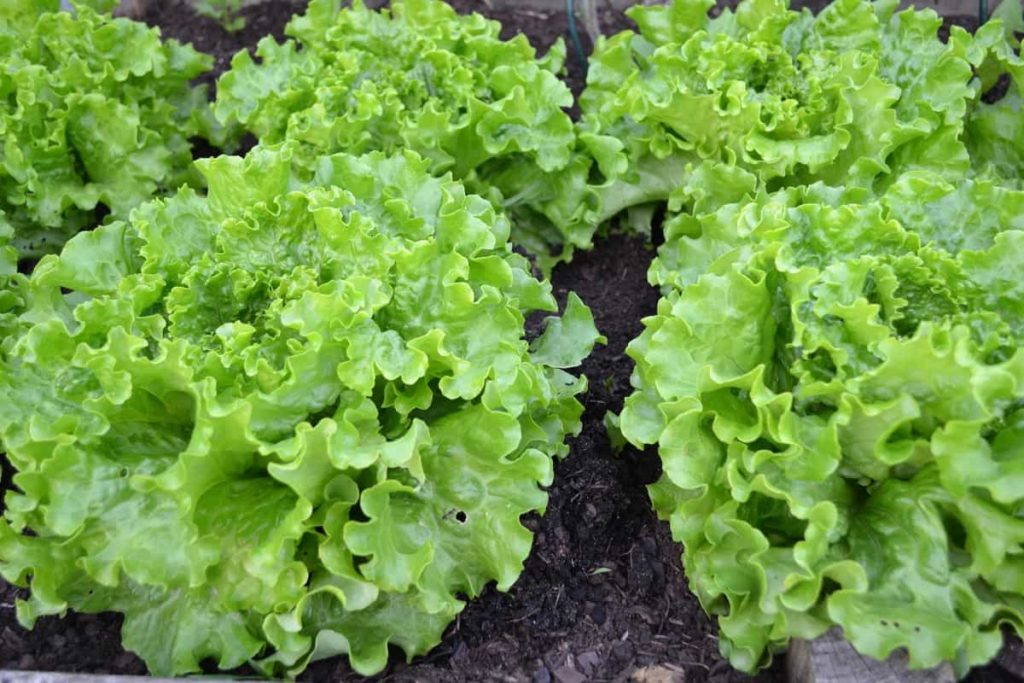
Tender vegetables are killed by even a little frost or chilly spring breezes. They thrive in daylight temperatures between 70 and 95 degrees Fahrenheit. The crop can be damaged by a week of daily lows of 55 degrees or below. When this happens, take precautions to safeguard your very fragile veggies. Temperatures of 60 degrees or above are ideal for transplanting tender vegetables. They can’t stand the mild temperatures that come with spring, not even in the soil. Wait until the soil is at least 60 degrees before planting to ensure success.
Take two readings at 8:00 a.m., one at a depth of 4 inches and again at a depth of 6 inches, to be on the safe side. The soil temperature should be 60 degrees at six inches to grow beans well. Don’t stray from the recommended plant spacing at any time. Plants that thrive in cooler temperatures thrive in soil that is also cooler. Mulching will keep the soil at a more manageable temperature, suppress weed growth, and help you save water by maintaining soil temperature and moisture, mulch garden beds with 2 to 4 inches.
Warm soil is ideal for planting brassicas, including cabbage, broccoli, cauliflower, and Brussels sprouts. Commonly, spring is the time when they are begun from transplants. When transplanted, cucurbits, squash, and melons need special attention. When utilizing transplants, go for tiny, immature plants that are no more than two to three weeks from seed. Tomatoes are often transplanted due to Minnesota’s short growing season.
Fall gardening in Minnesota
Many gardening benefits become available in the fall. Plants invest more time and resources into root development as they prepare for winter. By focusing their energies elsewhere, the plants can swiftly establish themselves, and the resulting healthy above-ground growth will carry over into the next growing season.
In addition to better root development, autumn’s lower temperatures benefit plants and gardeners. Consistent precipitation is more common, while pests and diseases are less common. Maintaining a healthy soil moisture level up to the time when the ground freezes are essential to growing a tree or shrub that was planted late in the growing season. If you plant them in the autumn, they’ll get a jump start on their growth before they go into dormancy.
Perennials can also be planted in the fall when the weather is mild. To ensure their survival until the ground freezes, water them like you would trees and plants. At this time, it’s also ideal for planting spring bulbs. Bulbs that bloom in the spring need a cold snap before they open. You won’t see the fruits of your labor until the following spring, but the early emergence of tulips and daffodils after a long, gloomy winter is well worth the wait.
Growing and harvesting leafy greens like kale, lettuce, and spinach in the autumn is a breeze since they flourish in the season’s lower temperatures. Even though it’s best to sow seeds in the spring or fall, you’ll get even larger plants if you wait until the fall when the temperatures decrease. One further benefit of eating greens is that they are healthy. Cut the bigger leaves when you wish to consume them, and the smaller leaves will grow until they frost. Cucumbers, whether grown on a vine or a bush, struggle in very hot weather.
Peas planted in the spring don’t need much care, but they can benefit from a little extra assistance in the summer. However, planting either green or snap peas in August is still a good idea. Fall and winter radishes, like peas, need more time to mature than their spring counterparts. However, radishes are often low-maintenance crops that can be harvested in as little as 25-60 days without additional fertilizer. While blueberries aren’t picked until spring, September is the best time to plant a bush so it can establish a robust root system.
Summer gardening in Minnesota
Tomatoes are the vegetable most associated with summer. To achieve optimal sweetness, they need warm, sunny weather. They bask in the sun and take their time ripening, but early-harvest types do exist. To promote healthy growth and prevent mold, cages or stakes are essential. Mulching, whether done in a garden or a container, aids in water retention. Cucumbers are comparable to squash when it comes to harvesting a large amount of food from a single plant. Another non-hardy warm-season cultivar.
To lessen its footprint, supports are highly recommended. In roughly three weeks, you can anticipate the first of many harvests. Cucumbers, like other high-yield plants, thrive in the nutrient-dense ground. If you live in Minnesota and want to grow zucchini, you can only grow one plant unless you and your family are all big fans of this veggie. Consequently, it calls for a large amount of expansion space. Soils with good drainage are ideal for growing zucchini. They can survive the dryness of the summer by staying under a layer of mulch.
In case you missed it: Maine Vegetable Planting Calendar (ME): Month Wise Garden Guide for Fall, Winter, Spring, Summer, Zone 3, Zone 4, Zone 5, and Zone 6
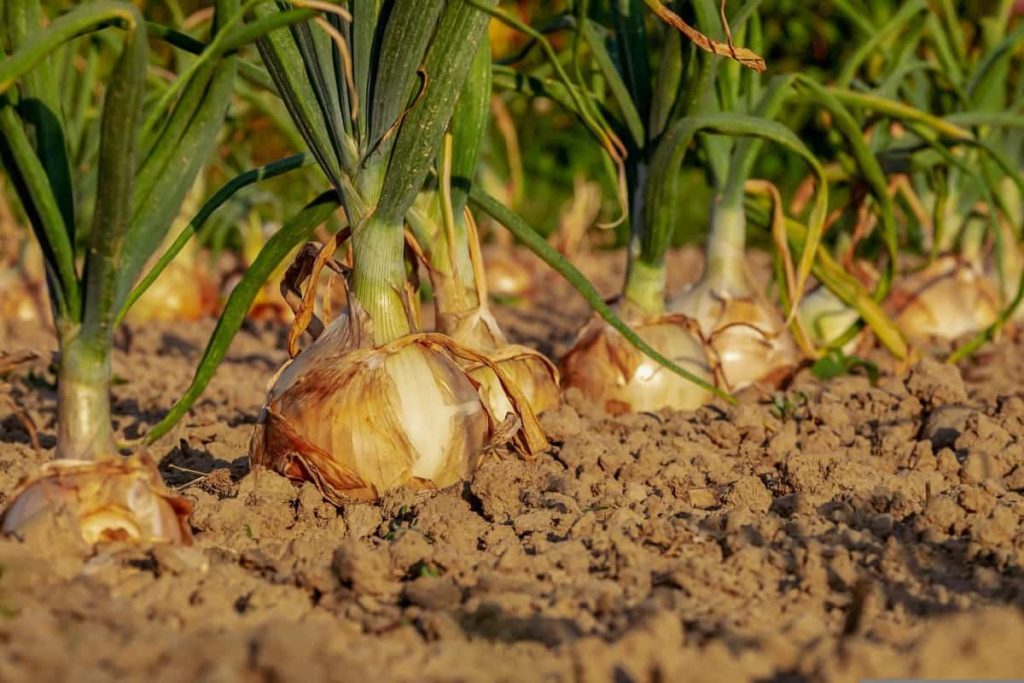
Due to its vulnerability to various diseases and pests, this vegetable needs vigilant monitoring. Bell peppers are sun-loving plants that thrive throughout the warmer months. Although they are slow to mature, once harvested, they may give a steady supply of food for a few weeks. Hardening off young plants to survive the cold Minnesota winters is essential. Carrot seeds have the greatest chance of germinating and growing into harvestable plants in the autumn if planted in late July or early August.
If left in the ground, they’ll become biennials. In the second year, the tops will bloom and generate seeds. Cauliflower is an excellent food to enjoy in the fall and winter, and it tastes much better when roasted. But how can you maximize your garden’s cauliflower yield? It’s best to get them in the ground between eight and ten weeks before the first autumn frost, which is in late August or early September. You should choose a planting place with at least six hours of full light daily.
Since broccoli is a frost-resistant vegetable, it can be planted only 85 days before the average first autumn frost. Because broccoli grows best in chilly temperatures, this is frequently the best situation. Find out when the frost often occurs in your location. Middle to late August is typically a fair choice if you’re unsure of the exact day. Plant spinach in the broad sun to moderate shade in late summer. Early August is good for an autumn harvest if the soil is cold. Guarantee adequate water drainage.
Winter gardening in Minnesota
Many herbs, such as basil, thyme, and oregano, can be grown successfully in containers under a window sill throughout the year. You should start an indoor herb garden on a windowsill this season. In addition to giving your meals a burst of flavor, growing plants inside is a great way to chase away the winter blues and bring some life into your home. You can grow just about any herb you choose in a container, but some of the best include basil, chives, cilantro, and oregano.
Outdoor planting can be done in the late autumn and early winter, which may seem paradoxical initially. The seeds of many Minnesota native flowers and plants need a period of cold to germinate. These seeds naturally drop from the plant when the season changes and temperatures drop. They survive our tough winters and sprout new growth in the spring. The eggs of monarch butterflies can only be successfully laid on milkweed, and many of our native species need cold stratification. They are often planted in the latter part of the autumn season.
The optimal time to sow these seeds is between the first hard frost and when the ground is completely frozen. Seeds sown on top of snow are more susceptible to being eaten by animals, destroyed by a snow machine, or blown away. Some seeds, like milkweed, need to be planted in the ground and covered with soil to germinate, while others may be scattered or patted down on the ground and still be successful. Seeds sown in the autumn may emerge from the soil up to two weeks before those planted in the spring.
Minnesota vegetable planting calendar/planting guide/monthly chart
| Vegetables | Zone 3 | Zone 4 | Zone 5 | Zone 6 | Zone 7 |
| Beans | Mid-June to Mid-Sep | June to Mid-Sep | Mid May to Sep | May to Mid-Oct | Apr to Mid-Oct |
| Beets | Mid-May to Mid-Sep | Mid Apr to Jun Mid-July to Sep | Apr to June mid-July to Mid-Oct | Mid Mar to June Mid-July to Mid-Oct | Mar to May Aug to Oct |
| Broccoli | Mid May to Sep | Apr to June July to Mid-Aug | Mid Mar to June July to Oct | Mar to Mid-June Mid-July to Oct | Mid Feb to May Aug to Mid-Nov |
| Brussel Sprouts | Mid-May to Mid Oct | Mid Apr to Mid-Oct | Apr to Oct | May to Oct | Mid Apr to Mid-Sep |
| Cabbage | Mid-May to Mid-Sep | May to Mid-Oct | Mid Apr to Oct | May to Oct | Mar to Mid-June Mid-July to Oct |
| Carrots | Mid-June to Mid Sep | Mid Apr to June, Mid-July to Sep | Apr to Jun Aug to mid-Oct | Apr to June Aug to Oct | Mar to Mid-June Aug to Oct |
| Cauliflowers | Mid May to Sep | May to Sep | Mid Apr to Mid-Oct | Mar to Mid-June | Mid Feb to May Aug to Mid-Nov |
| Corn | – | June to mid-Sep | Mid-May to Mid-Sep | May to Sep | May to Aug |
| Cucumber | Mid-June to Mid-Sep | June to mid-Sep | Mid-May to Mid-Sep | May to Sep | May to Aug |
| Kale | May to Sep | Mid Apr to June Mid-July to Mid Oct | Apr to June Mid-July to Oct | Mid Mar to Mid Jun Aug to Mid Nov | Mar to May Aug to Mid Nov |
| Lettuce | May to Mid-Sep | May to June Mid-July to Sep | Mid Apr to June Mid-July to Mid-Oct | Mid Mar to Mid-June Aug to Oct | Mar to May Aug to Oct |
| Onions | – | Mid Apr to Mid Sep | Apr to Sep | Mid- Mar to Aug | Mar to Aug |
| Peas | Mid-May to Mid-Sep | Mid Apr to June | Apr to June Mid-July to mid-Oct | Mid Mar to May Aug to Oct | Mid Feb to Mid-May Mid-Aug to Mid-Nov |
| Peppers | Mid Apr to Aug | Mid Apr to mid-Sep | Apr to Sep | Mid Mar to Sep | Mar to Sep |
| Spinach | May to Sep | Mid Apr to June Mid-July to Mid-Oct | Apr to June Mid-July to oct | Mar to June Mid-July to Oct | Mar to June Aug to mid-Nov |
| Squash | – | June to mid-Sep | Mid May to Sep | May to Sep | May to Mid-Oct |
| Tomato | Mid Apr to Aug | Mid Apr to Mid Sep | Apr to Sep | Mid Mar to Sep | Mar to Sep |
In case you missed it: How to Plant and Care for Begonias: A Step-By-Step Growing Guide for Beginners
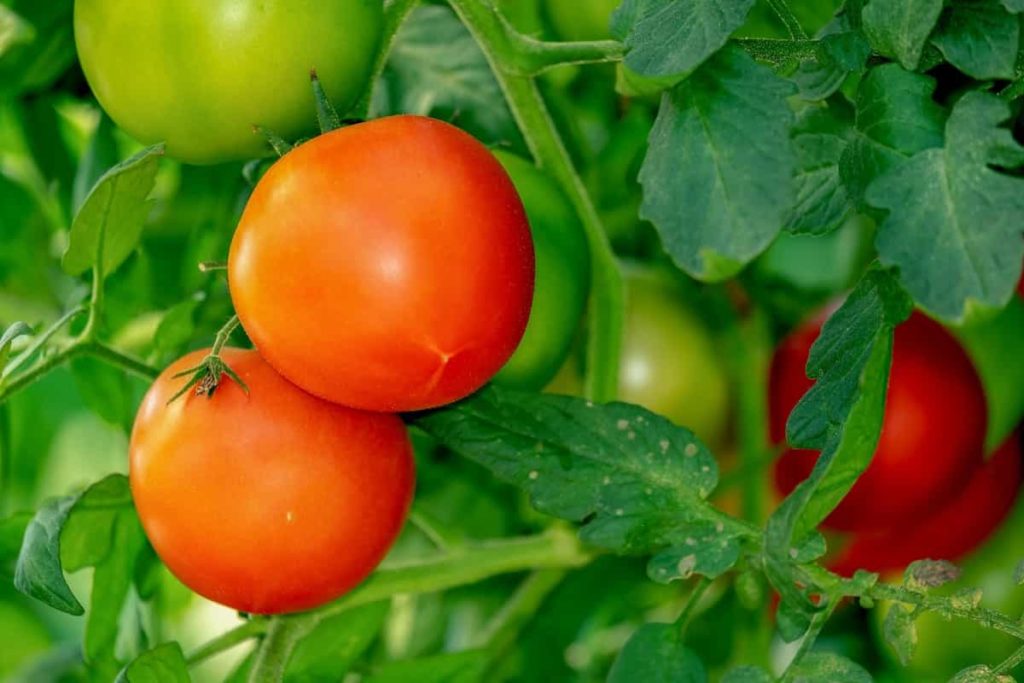
Conclusion
After planting, your garden will require at least two hours of weekly upkeep. Vegetable gardens that have just been established need regular attention, including watering, fertilizing, and trimming. To get the most out of your vegetable harvest, you must learn how to harvest it effectively. Take note of the successes and failures of your garden this year so that you can be better prepared for next spring.
If you live in the following towns, cities, and counties of Minnesota (MN) of Zone 3, Zone 4, Zone 5, Zone 6, and Zone 7 in the United States, this article may be helpful in understanding the vegetable planting calendar and a month-wise chart along with planting seasons.
| Minneapolis | Elk River |
| Saint Paul | Hibbing |
| Duluth | Forest Lake |
| Minnesota City | Fergus Falls |
| St. Cloud | Anoka |
| Bloomington | Park Rapids |
| Mankato | White Bear Lake |
| Eagan | Chanhassen |
| Brainerd | New Ulm |
| Winona | Cloquet |
| Blaine | Chaska |
| Eden Prairie | Richfield |
| Maple Grove | St. Louis Park |
| Bemidji | International Falls |
| Burnsville | Fridley |
| Minnetonka | Prior Lake |
| Shakopee | Redwood Falls |
| Edina | Rosemount |
| Lakeville | Waconia |
| Willmar | Sartell |
| Coon Rapids | Wayzata |
| Moorhead | Shoreview |
| Brooklyn Park | Eastern Minnesota |
| Albert Lea | Southern Minnesota |
| Faribault | Central Minnesota |
| Detroit Lakes | Western Minnesota |
| Owatonna | Northern Minnesota |
- Crops Grown in Summer Season: Best Choices for Summer Gardening
- Organic Pest Control for Tomato Farming
- How to Maximize Sheep Farming Profit
- Broccoli Varieties: Choosing the Right Cultivars for Your Farm
- How to Raise Pigs in Your Own Backyard: A Comprehensive Guide
- Budget Friendly Sheep Shed Ideas: Cheap and Low-Cost Tips
- How Much Do Cattle Farmers Make: Revenue Streams in Cattle Farming
- Management Pests and Diseases in Your Cotton Field
- Sheep Farming Business Plan for Beginners
- Aquaponic Farming at Home: A Step-By-Step Guide
- Profitable Village Farming Business Ideas in 2024
- High-Yield Aquaculture: Fast-Growing Fish for Farming
- Effective Fish Pond Construction Techniques for Beginners
- Irrigation and Water Management in Pineapple Farming
- Blossom to Harvest: Mastering Flowering and Pollination in Papaya Farming
- Pig Fattening Essentials: From Selection to Sale for Beginners
- Raising Wagyu Cattle: A Complete Guide for Premium Beef Production
- Soil Types and Their Water Holding Capacity
- Optimizing Irrigation Schedules for Coconut Groves for Enhanced Yield
- Espresso Your Garden: Coffee Grounds for Healthier Acid-Loving Plants
- The Best Soil Mix for Snake Plants: How to Mix Your Own Snake Plant Soil
- Green Thumb Success: Expert Tips for Cultivating Greenhouse Beans All Year Round
- Bloom All Year Round: The Ultimate Guide to Indoor Hyacinth Care
- Eco-Friendly Gardening: How to Make Liquid Fertilizer from Kitchen Waste
- Ultimate Guide to Grow Anise in Pots: Explore Seed Propagation to Harvesting
- Guide to Raising Chester White Pigs: Discover Breed Facts to Growth Management
- Mastering the Elegance: The Ultimate Guide to Weeping Cherry Tree Care, Planting, and Maintenance
- Ultimate Guide to Planting Garlic in Grow Bags: Growing Strategies for Beginners
- How to Fix Spider Plant Leaf-Related Problems: Natural and Organic Remedies
- 10 Reasons Why Your Tulsi Plant is Shedding Leaves: Home Remedies and Solutions
- Optimizing Growth and Yield: The Advantages of Palm Bunch Ash Fertilizer
- Utilizing Neem Oil Extract as a Natural Pesticide for Hydrangea
- From Soil to Harvest: Various Ways in Which Farmers Can Use AI Tools
- Steps to Encourage and Induce Citrus Flowers: A Comprehensive Guide
- How to Fix Snake Plant Leaf-Related Issues: Natural and Organic Remedies
- Transform Your Garden into a Fragrant Oasis with Raat Ki Rani (Night Blooming Jasmine)
